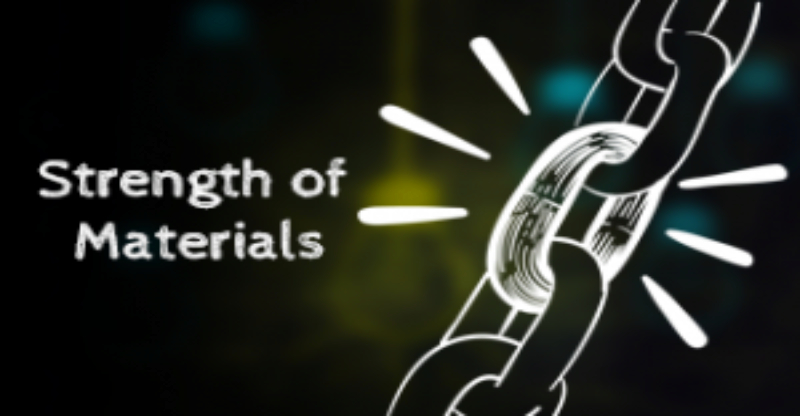BENDING STRESS IN BEAMS
- When a straight beam carries lateral loads, the actions over any cross-section of a beam comprise a Bending Moment and Shearing Force.
- A beam section has to resist the action of bending moment and shearing force so induced and under which the beam deforms.
- The stresses produced at the section to resist the bending moment is known as the Bending Stress or Longitudinal Stress.
- The stresses produced at the section to resist the action of shearing force is known as Shear Stress or Transverse Stress.
- The bending moment at any section represents the resultant moment, called the moment of resistance, of internal stresses it causes in a beam.
- A beam or a member is said to be under pure bending when it is subjected to two equal and opposite couples in a plane along the longitudinal axis of the beam in such a way that the magnitude of the bending moment remains constant throughout the length of the beam.
- Every beam is not under pure bending but a part of the beam may be under pure bending.
ASSUMPTIONS OF THEORY OF BENDING:
-
- The material of the beam is perfectly homogeneous throughout.
-
- The beam is initially straight.
-
- Hooke’s law is obeyed at all the points.
-
- The stress induced is proportional to the strain and at no place the stress exceeds the elastic limit.
-
- The value of modulus of elasticity is same for the beam under compression or under tension.
-
- The transverse section of the beam, which is plane before bending remains plane after bending.
-
- There is no resultant pull or push on the cross-section of the beam.
-
- Every layer of material is free to expand or contract longitudinally.
-
- The loads are applied in the plane of bending.
-
- The transverse section of the beam is symmetrical about a line passing through the centre of gravity in the plane of bending.
-
- The radius of curvature of the beam before bending is very large in comparison to its transverse dimensions.
- The case of pure bending or simple bending is applicable only when the beam is subjected to pure moments or couples and the shearing force are absent.
- In the ordinary bending commonly encountered, the beam section is subjected to both the bending moment as well as shearing force. In the presence of shearing force existing at the section, the plane section will not remain plane after bending and the initial plane section will be distorted or warped after bending.
BENDING EQUATION:
[frac up=”MR” down=”IN.A“] = [frac up=”σb” down=”y”] = [frac up=”E” down=”R”]
MR = Resisting bending couple
IN.A = Second moment of area of plane of cross-section about its neutral axis or Moment of Inertia of a cross-section about its neutral axis.
σb = Bending stress developed at a fibre located at a distance of y from the neutral axis of that cross-section.
y = Distance of a fibre on the plane of cross-section from its neutral axis.
E = Modulus of elasticity.
R = Radius of curvature of neutral fibre.
Neutral fibre is the longitudinal fibre whose length before and after the bending remains same and the corresponding surface is known as Neutral Surface and Neutral Axis is the line of intersection of Neutral Surface with the plane of cross-section of a beam.
RELATED VIDEOS FOR BENDING STRESS:
